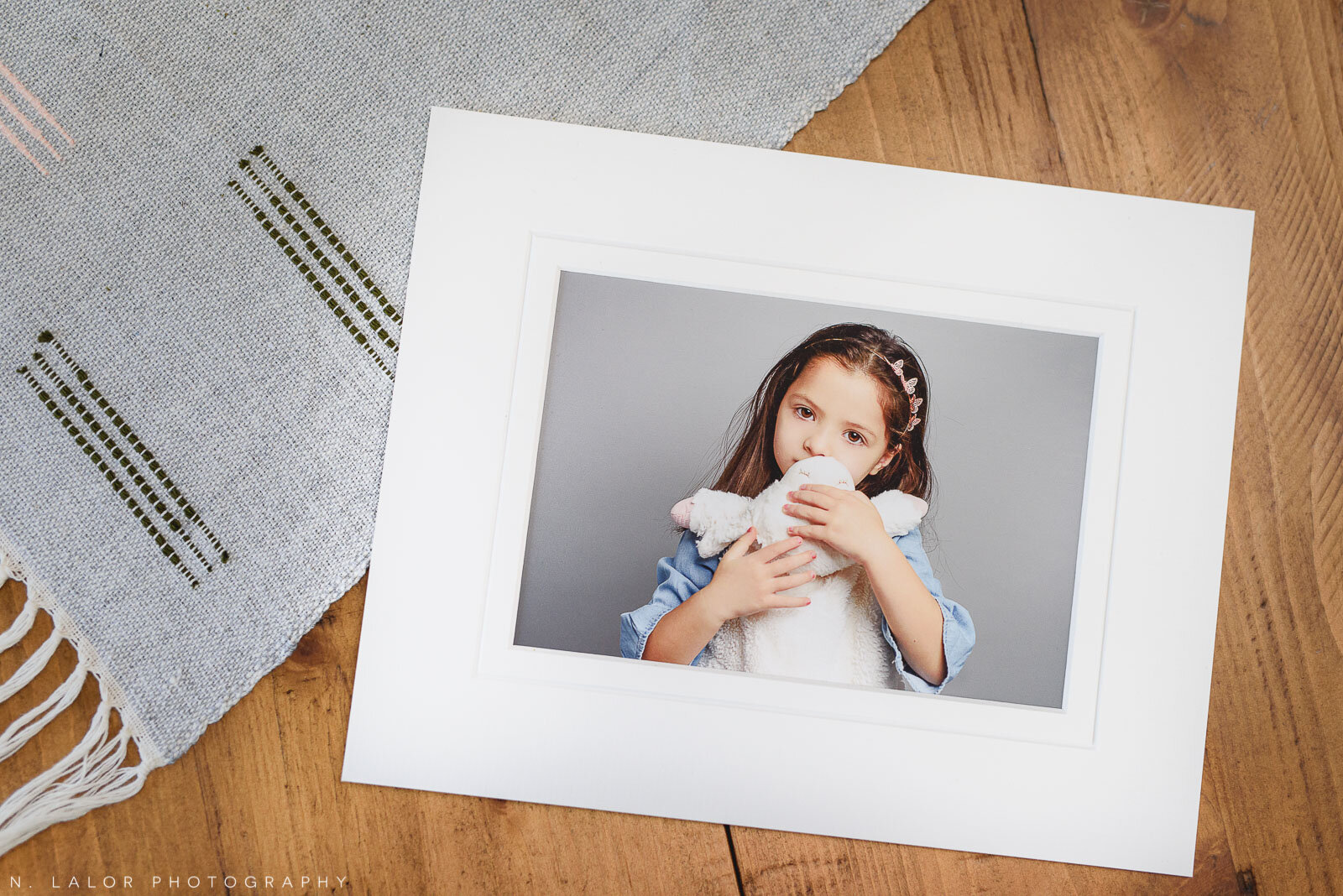Taking Care of Your Prints
One of the reasons my clients love their family photographs so much is because of the quality and presentation of the final product. In fact, all of the printing is done with museum quality materials and standards. And as with anything that you would like to last, you need to take special care to ensure they remain pristine for future generations.
Here are some guidelines on how to take care of your photographs...
1. Keep the prints out of direct sunlight
The damaging rays found in UV light will shorten the life of your print, so consider a wall location that doesn’t have direct sunlight. If no other placement is available, I suggest framing the image using UV blocking plexiglass, which will filter out 98% of damaging UV rays.
2. Don’t rub/touch the prints
It’s tempting to touch the prints in order to feel the texture of the paper, but this will scrub the surface and leave oils from your hands on the prints. Fine art paper is one of the most resilient ways to produce a photograph, but any paper material will be susceptible to scratching under certain circumstances. Likewise, nobody wants greasy fingerprints on their photographs!
3. Avoid heat and humidity
Besides UV light, heat and humidity are major factors in determining the life of a print. Cooler temperatures slow the paper aging process, so you should try to keep your prints stored in a dry room, below 70 degrees, avoiding hot attics and damp basements. But as with anything, displaying your images is more enjoyable than keeping them locked away. When you go to select that perfect spot, just make sure to keep away from any heat sources or areas with high humudity.
View fullsize
4. Wear white gloves
A pair of white gloves is provided to every one of my clients. I wear gloves every time I handle the paper or work with the photographs, and I advise you to do the same, especially if you're framing the images yourself. Because the photographs are in a white mat, it's usually totally fine to handle them otherwise, as long as you remember to touch the mat and not the image itself.
5. Let guests know
We should all hope that guests and family handle our images with respect and consideration they deserve, but sometime a friendly reminder is needed. Some things to look out for are unwashed hands and touching of the print surface. The best way is to demonstrate the way they should be handled by exhibiting the behavior you want them to model.
View fullsize
6. Keep out of kids' reach
Young children and babies often have no idea that they can't play with the family photographs you bring home. If they're within reach, they might either grab a photograph with sticky hands or accidentally damage the product. I suggest having additional kid-friendly prints around for them to look at (and touch!), and to place the archival museum-quality photographs higher up, where they can't reach them.
7. Keep the long term in mind
Most of all, knowing that these images are meant to last and be there for your children means you will treat them differently than an everyday item. By all means, enjoy your photos. Display them. Look at them every day. But also keep the points above in your mind as you do so.. trust me, you'll be glad you did!
Your Backup Plan
I know that life is unpredictable. So if anything does happen to your photographs, guess what, they all come with a LIFETIME GUARANTEE! If a print fades, yellows, or suffers damage, just let me know and I will replace it. The last thing I want my clients to do is worry about the longevity of their photos.. and while they are made to last, I make sure to take care of things if anything does go wrong.


